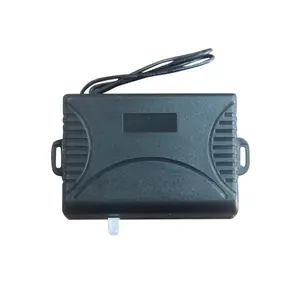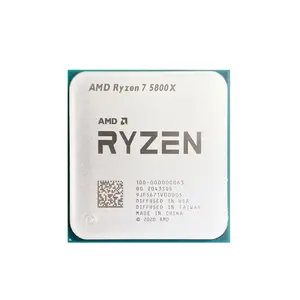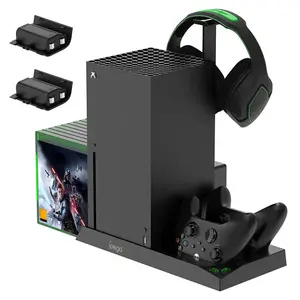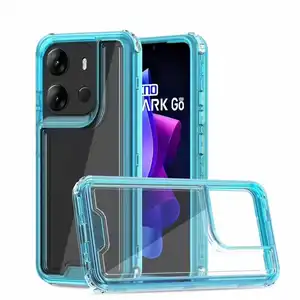Popular in your industry




































































Related Searches:













































































































































Top categories
About 300 mhz receiver
Exploring the Versatility of 300 MHz Receivers
The 300 MHz receiver category encompasses a diverse range of electronic devices designed to operate at the 300 MHz frequency. These receivers are integral components in various applications, from remote control systems to sophisticated broadcasting equipment. This introduction delves into the specifics of these receivers, highlighting their types, applications, features, and the materials used in their construction.
Types and Applications of 300 MHz Receivers
Within the realm of 300 MHz receivers, there are several types, each serving a unique purpose. Remote controls often utilize these receivers for gate openers, garage doors, and other automation systems. The multicode 1090 receiver with 2 3089 remote 300mhz is a prime example of a receiver used in access control systems. Additionally, wireless & RF modules cater to the needs of wireless communication, while radio & TV broadcasting equipment operates at this frequency for reliable transmission.
Features and Materials
The construction of a 300 MHz receiver is a testament to the technological advancements in the field. Receivers are available in various materials, including durable plastics, ABS, and metals, ensuring longevity and resilience. The design considerations also include color variations, with options like classic white or vibrant blue, catering to aesthetic preferences without compromising functionality.
Advantages of 300 MHz Receiver Technology
The advantages of using a 300 MHz receiver are numerous. The frequency allows for a balance between range and penetration through obstacles, making it a reliable choice for both indoor and outdoor applications. Devices such as the multicode 109950 exemplify the robustness and reliability expected from receivers operating at this frequency.
Choosing the Right 300 MHz Receiver
Selecting the appropriate 300 MHz receiver requires consideration of the application it will be used for. For instance, a multicode 1090 receiver with 2 3089 remote 300mhz may be ideal for someone looking to streamline their access control systems. It is crucial to assess the compatibility of the receiver with existing systems and the specific requirements of the intended use case.
Conclusion
In conclusion, the 300 MHz receiver is a versatile and essential component in various electronic systems. From the simplicity of remote controls to the complexity of broadcasting equipment, these receivers provide a reliable solution for wireless communication needs. By understanding the types, applications, features, and materials of these receivers, buyers can make informed decisions to meet their specific requirements.














































